Media | Articles
Is It a Bad Time to Be a Young Car Enthusiast?
Nearly 20 years ago, I was in high school and riding to Thunderhill Raceway Park with Bruce Trenery, a vintage car dealer. During our trip, he articulated his predictions for the future of enthusiasm for cars. In addition to his concerns about the regulatory environment, he was most disquieted by his perception that young people just weren’t interested in cars any more. As a young person who was (and remains) immensely passionate about cars, I was initially put off that the latter idea could even be possible, but after reflecting on the interests of my contemporaries, it alarmed me because I could see a lot of truth to it.
While car enthusiasm today isn’t ubiquitous the way it might have been in the era of Grease or when the Beach Boys released “409,” Trenery’s foreboding apprehension remains mercifully unfulfilled. In fact, I have been delighted to observe what almost feels like a resurgence in passion for cars among young people in the past two decades. Attending events today, especially more approachable ones like Radwood, I’m always struck by the number of obviously enthusiastic teenagers and twenty-somethings, especially given that the cars concerned are often older than they are.
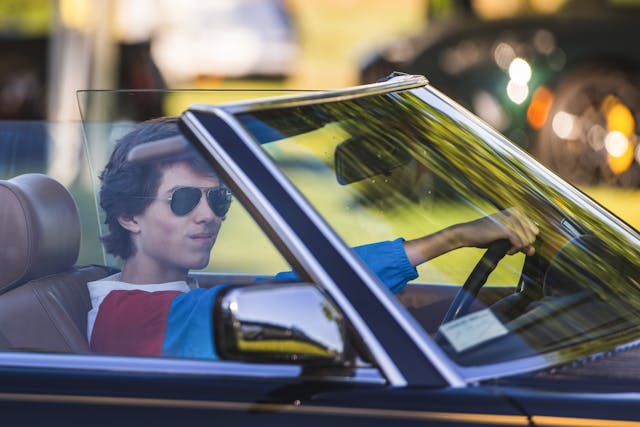
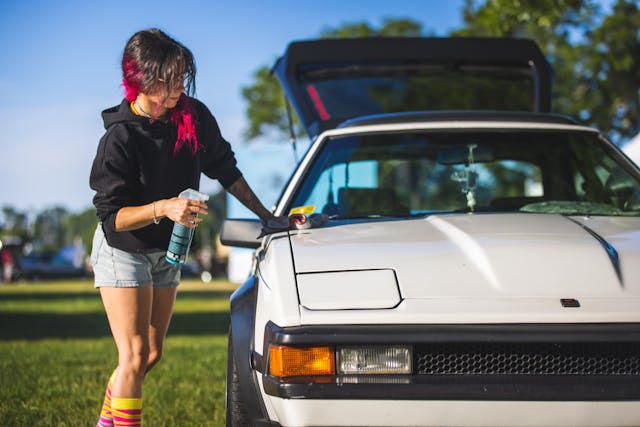
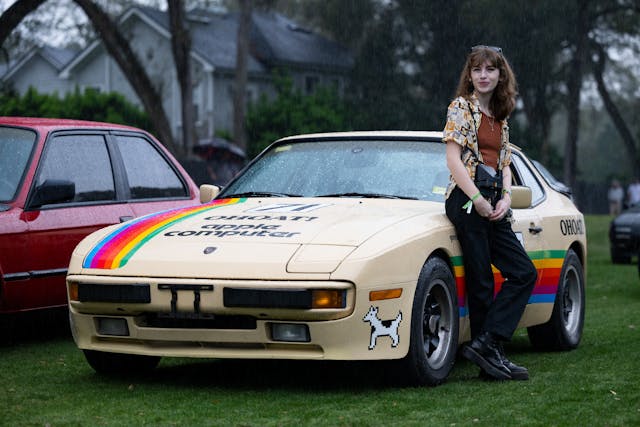
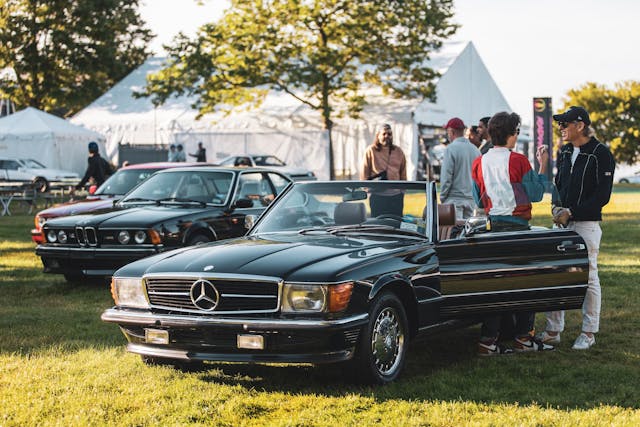
The emergence of social media has doubtless played a big role in spreading enthusiasm: The dynamic and sensory nature of cars (i.e. they move, they’re shiny, and they make loud noises) means that they lend themselves perfectly to the mediums of photo and video. Teenaged “spotters” wandering events, camera in hand, become the purveyors of beautiful media that portrays our cars in fresh, original ways. While it is gratifying for us to look at pretty images, the rise of spotters does something essential for young people, too—it gives them a meaningful way to interact with cars (and often their owners, too) that they couldn’t otherwise do, regardless of whether that’s in person or on their phones.
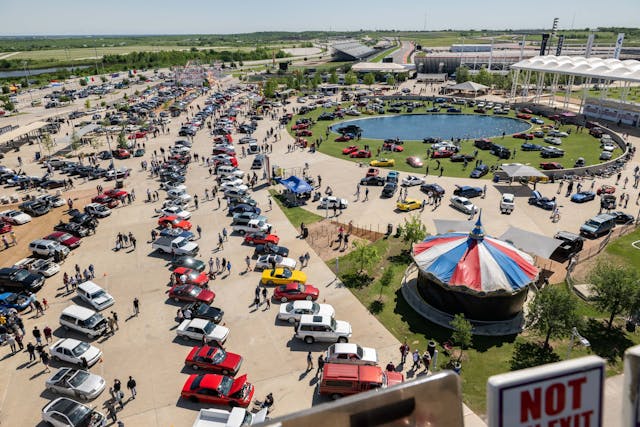
That’s particularly fortunate since the barriers to entering this space as a participant—that is, as a car owner rather than an observer—are higher than they have been since at least the end of World War II. This is tragic but incontrovertible based on three interrelated factors, all of which converge to make things tough for young enthusiasts. These are, in order from broadest to most granular: 1) macroeconomic shifts 2) their consequences on the new car market 3) the resulting impact on secondhand enthusiast cars ranging from lightly used late model cars to full-fledged classics.
The core of the macroeconomics discussion as relates to young people is disposable income. Simply put, young folks have a lot less of it than youths did in previous decades. This is the result of too many things to discuss in detail here, but the rising costs of real estate, education, and healthcare at rates that exceed the growth of wages are major drivers. These affect people of all ages of course, but for young people who do not yet own any real estate to help their net worth grow, and for whom the ever-increasing cost of education (and the near necessity of student debt) is greater and a larger share of their liabilities, these economic realities are far more restrictive. This means that even if car prices were stable (they’re not), young folks would be less able to participate in the market because they simply don’t have the disposable income to enter it.
Marketplace
Buy and sell classics with confidence
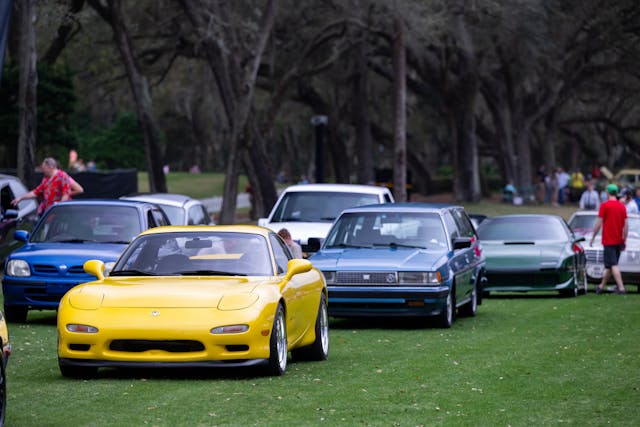
Real wages have been stagnating for decades and the consequences of this long-standing trend have been manifesting themselves in the new car market since at least the 1990s. In short, as people have less disposable income, they buy fewer fun cars and manufacturers respond by killing them off because they sell poorly.
Let’s take a journey back 30 years to 1994, when there was a whole host of enthusiast cars available at both entry and higher price points. Effectively the entire sport compact genre, including: Honda Prelude and Del Sol, Nissan Sentra SE-R and 240 SX, Toyota MR2 and Celica, the Mitsubishi Eclipse (and Eagle Talon and Plymouth Laser) and 3000 GT (and Dodge Stealth), the Ford Probe, the Mazda MX-3 and MX-6. Go back another 20 or 30 years and the story is similar: Fiat 124, Alfa Spider, Datsun Roadster, Triumph TR, MGB, and big Healeys. This to say nothing of pony cars and muscle cars from the ‘60s and early ‘70s.
Today, these cars and their ilk are nearly gone from manufacturer lineups. There are precious few reasonably priced sporting survivors: the Mini (which recently lost its manual for the US market, as has Volkswagen’s GTI), the Subaru WRX, the Mazda MX-5, and the Toyota GT-86 (and BRZ), which is most realistically the spiritual descendent of the 240SX. This is not part of some draconian plot on the part of manufacturers to deprive us of driving enjoyment and modernity in the same package, but rather their response to market forces. One needs only look at MX-5 sales in 1991 (63,000 units) vs 2018 (27,000 units) to see that consumers aren’t buying sporting cars the way they once could, despite today’s Miata costing less than it did in 1991 when adjusted for inflation and there being fewer other enthusiast choices at comparable prices now.
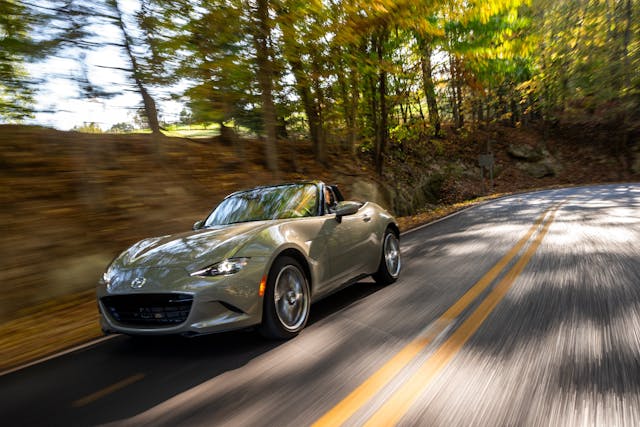
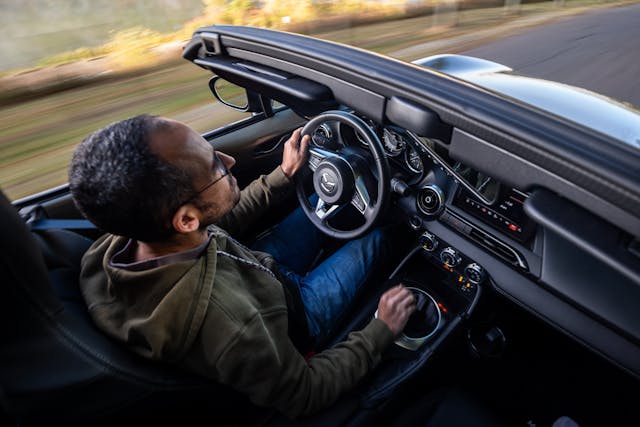
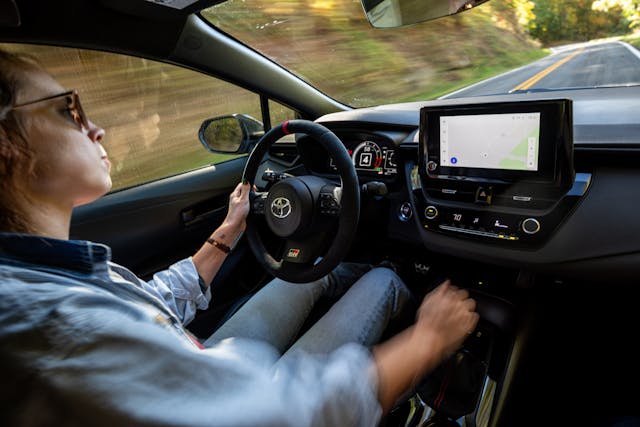
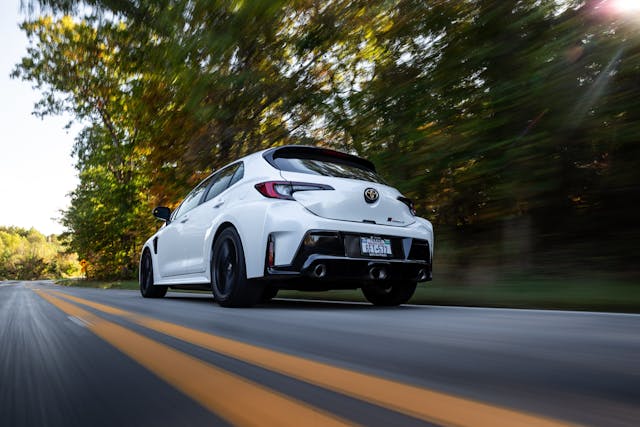
This lack of appealing new affordable options for the driving enthusiast has predictably disheartening consequences for secondhand cars of the same ethos, whether they’re four years old or 40 years old. The decreasing sales of these cars when new in recent years means that supply for used options is tight and thus depreciation is low. This, coupled with the fact that 30-year-old cars are pretty usable in modern traffic, means that more and more enthusiasts are turning to Radwood era (1980-99) cars.
In 1994, driving a 30-year-old enthusiast car meant giving up a lot of usability and performance. You’d have to deal with carburetors, marginal brakes, tires, suspension, and acceleration, catastrophic rust, poor weather sealing and ventilation, and a host of other unpleasantries that we don’t generally have to contend with in a 30-year-old car today. Similarly, cars of the Radwood era are easier to live with than more modern ones, albeit for completely different reasons. They’re much simpler than newer cars, lacking most of the sensors and computers that handle everything from HVAC to the powertrain to radar cruise control. Even something as simple as replacing headlights has been completely transformed: compare the 5.25” and 7” sealed beams in a BMW E30 or NA Miata to a $1500 Xenon assembly in a car from 10 years ago.
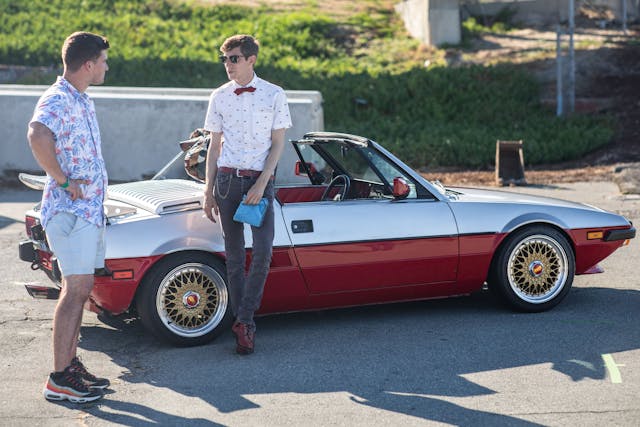
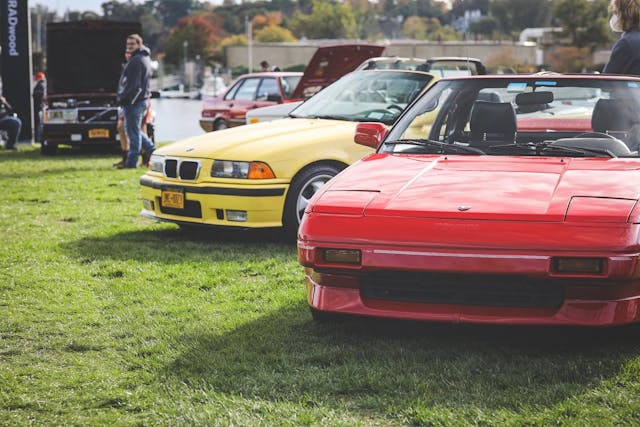
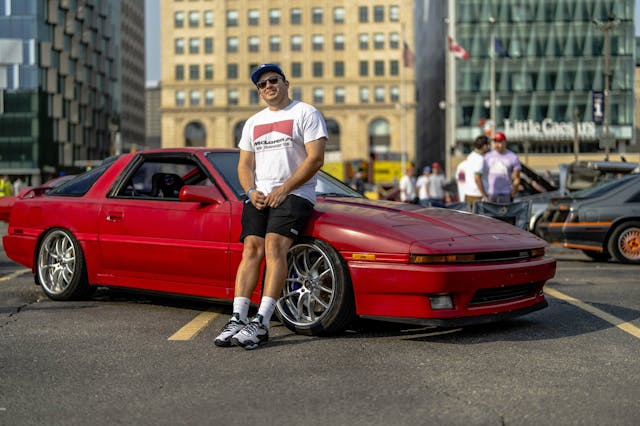
The result is that cars of this era are sought not only by Generation X and millennials who lusted after them in their youths, but by Generation Z too, who are pushed toward them by the dearth of affordable and appealing newer options and pulled toward them by the intrinsically appealing characteristics such as the experience of interacting with them and the variety of options, along with their simplicity and accordingly sensible running costs. The tragic result of this growing demand is that cars of this era have appreciated in value, making it even more difficult for young folks to buy into the market.

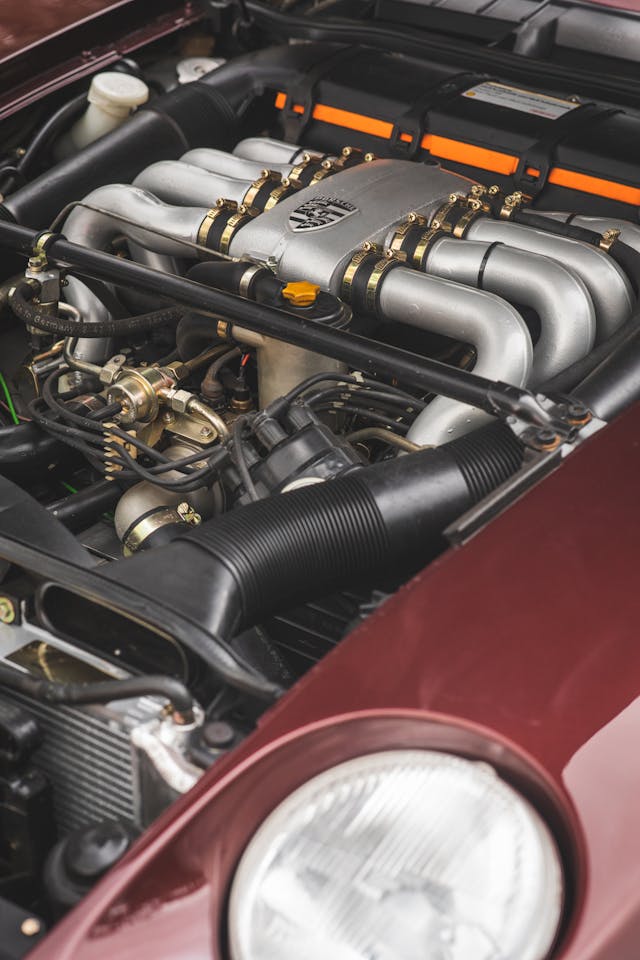

The silver lining (for us car nuts anyway) is that car enthusiasm is still very much alive and well, even if it takes a bit more diligence. For young enthusiasts, there are many interesting options at reasonable prices if they’re willing to go off the beaten path a bit. Mainstream enthusiast cars like M3s and air-cooled 911s are prohibitively expensive, but plenty of other options do still exist like non-M BMW E36s, early Boxsters, or several generations of the Mustang. For those less concerned about sporting intent, a host of other Radwood attendees remain attainable, from a Toyota Century to the world’s cleanest 1989 Oldsmobile Toronado Trofeo.
This may be feeble consolation in the face of larger economic forces, and young enthusiasts approach the hobby through different literal and figurative vehicles than in years past, but there’s no question that they remain highly engaged. I for one am delighted to see their passion and look forward to seeing how the resilience of the human spirit inspires them to express that passion in ways that generations before them never considered.
***
Check out the Hagerty Media homepage so you don’t miss a single story, or better yet, bookmark it. To get our best stories delivered right to your inbox, subscribe to our newsletters.










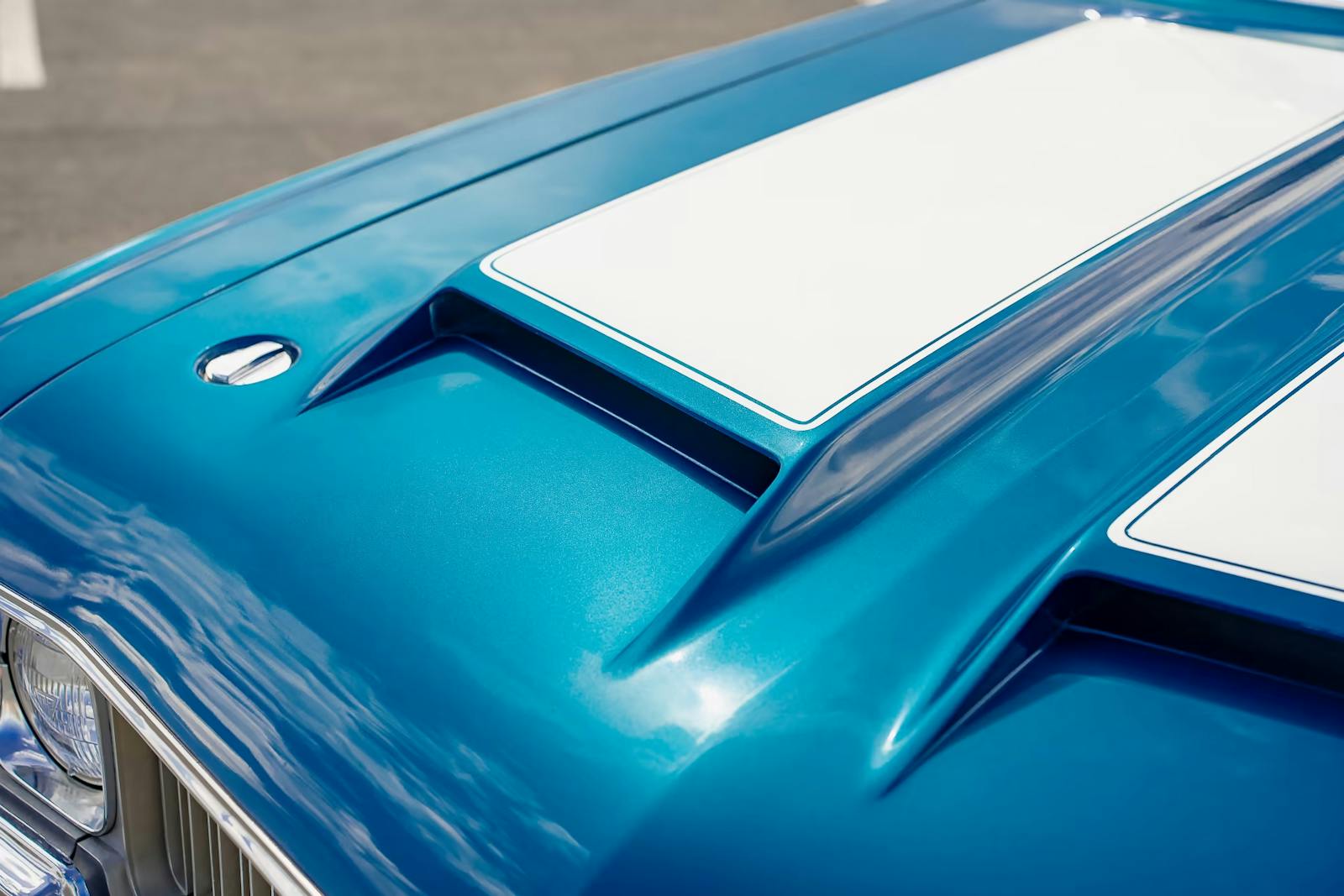
















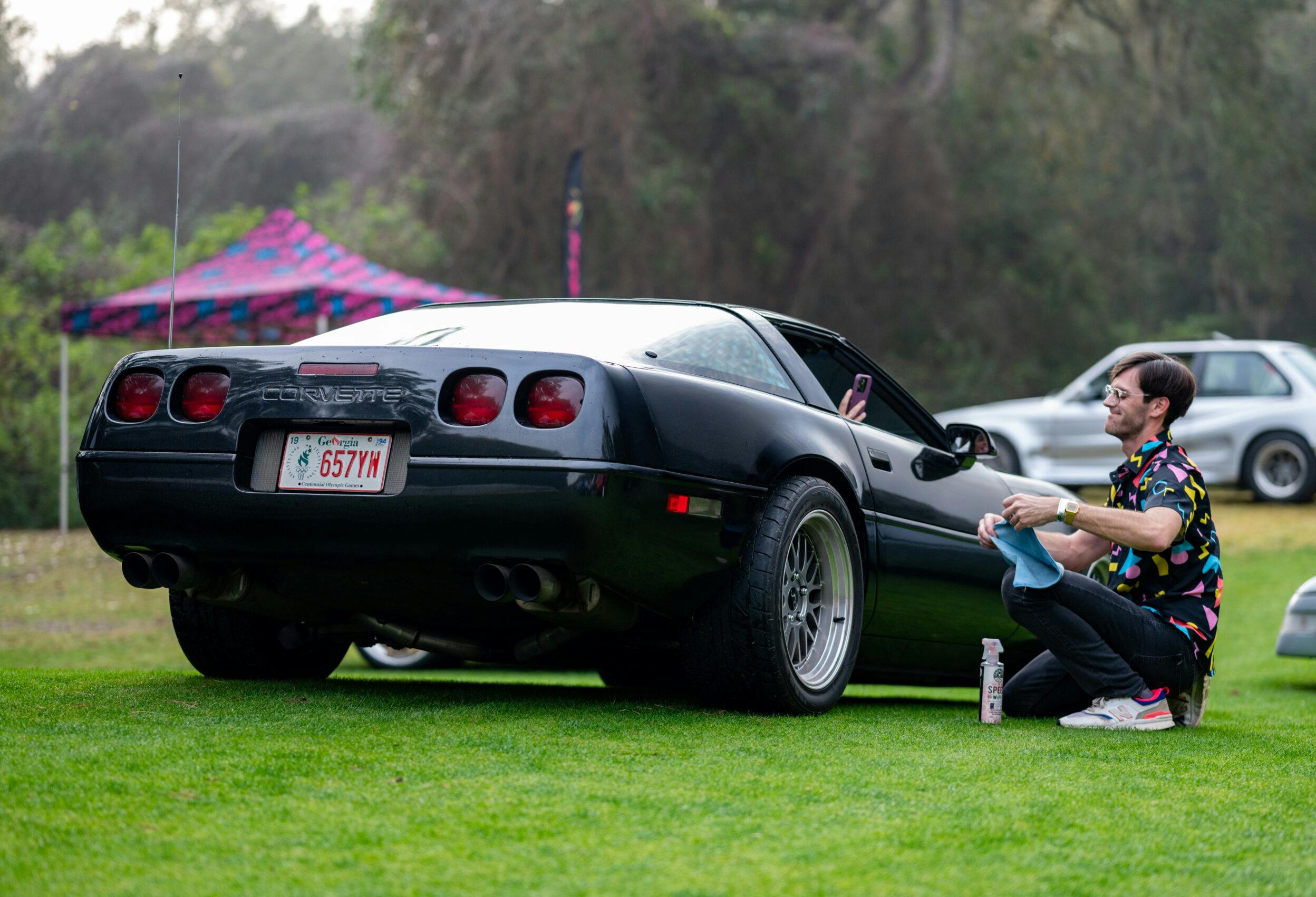
New enthusiast cars are down because you are comparing to an age when the baby boomer bulge in the population was buying cars. Fewer new cars means there will be more interest in the old cars and this also skews the numbers in this article because old car interest and new car interest are almost mutually exclusive. When it comes to old car interest and skill it has always boiled down to about 1% of the population. New cars, it’s always been what’s trendy for the other 99%.
You want to help the hobby? Get your car out of the darn garage and drive it so people can see it. Take it on a road trip. Go out to the park and wax it. Remember when you used to do that? Or just sell it.
I had a friend from Switzerland I took on a road trip across the Western US in ’87. I had, and still have a ’69 Mach1 that was looking pretty good. Something she said stuck with me. “It’s just a car”.
So, there you go, it’s just another car in a garage if you don’t drive it. You can say you have a five million dollar Ford GT in your garage and the people, not just younger people, will say, whatever. If you are out driving it the people will at least know what one looks like and appreciate it. Heck, you might even appreciate it more too. (Because, like, how many Ford GTs have you ever seen on the road?)
If you bought it as an investment and don’t drive it, you’re not a real car nut, you’re a investor and and to that I say, whatever.
True words. My 92 M5 was my daily driver until about 2018 or so. It had 180k+ on the odometer when I passed it along – still loved the car, but parts were just getting too hard to find. Nothing would light up my day like getting a wave or a thumbs up from someone knowledgeable about old M cars.
Such moments are precious, but they don’t come your way if the car is always hiding under a cover in your garage. Just saying.
Derek, I’ve heard you and Jason discuss this topic several times on the Carmudgeon show, and, while I normally agree with you, in this case you are dead wrong. This may be due to your strong preference for European cars (which for cost and reliability concerns are not really on my radar).
“Young” and “enthusiast” means one thing: “used car buyer.” So what can one get in the used car market today? How about a #3 C5 Z06 for $24K. For the same price as the lowliest of new Honda Civics, you can have a 400hp, comfortable, reliable car, that will get 29 mpg on the highway. 30 years ago, a 400hp car was a supercar – today you can buy a used Z06 for new Civic money. Not into Corvettes? – how about a #3 2000 Civic Si for $14K. These have 160 hp, great handling, reliability, fuel economy, etc. Or a 2001 Mustang Cobra for $17k. Or a 1999 Miata for $7k. Or a 2002 WRX for $8K. Or a G35/G37. Or, if you need to spend less, you can go father back: 90s Civic hatch or Sentra SE-R, 240SX, or Prelude. In fact, you list many of these cars as why it was better to be an enthusiast in the past – but those cars are still available and most are quite a bit cheaper now than when new in nominal dollars. In real / inflation adjusted dollars they are vastly cheaper now than when new.
Every one of the cars listed above is cheaper now than the lowliest bottom of the line new Civic and ALL have manual transmissions, 4-wheel independent suspension, good reliability, and mind-blowingly good handling compared to what was available to the “young enthusiast” in the used car market 30 years ago. I would know – 30 years ago I was a 17 year old enthusiast. Cheap cars then were American barges from the 1970s. And it seemed 99% of those cars were automatics. My first car was a 1972 Oldsmobile NinteyEight – It was rear wheel drive and had a 455 V8. My friends all piled in and I did donuts whenever it rained. I loved the V8, but the handling, fuel economy, and reliability were very poor. My next car was a 1966 Mustang Fastback – yes, I bought a fantastic looking V8 pony car for $5,500 in 1997, and that car might be worth $40K or more today, but the handling was still miserable and the ride was quite poor as well.
About a decade ago I bought a 1992 Civic hatchback for $2,300 as a daily driver to save on gas. A few trips to the pick and pull junkyard, and, for another $500, I had Integra suspension and brakes on the car. I had a poor-man’s Integra with a VTEC motor, but a lot more usable space, for about $3K. I’ve carried 14 foot long lumber and 800lbs of roof shingles in that car – there’s almost nothing it won’t do (it even has a trailer hitch). I still own the ‘66 Mustang, but that ‘92 Civic is a FAR better car: more reliable, better handling, more practical, and more fun to drive. In fact, that Civic/Integra hybrid is my favorite car to drive (and I currently own a 5 Blackwing, an S2000, a Miata, plus 5 other manual trans cars). It is to me what Jason’s Scirocco is to him. I love that Civic so much that I bought another Civic hatch last year for $4,500 – this one is getting a GS-R motor plus suspension and brakes. At $4500, any young enthusiast with a job should be able to afford one.
The 90’s Japanese cars were fantastic, and were built in the hundreds of thousands if not millions. They were frequently manual trans cars (probably 50% if I had to guess), had independent suspension, weighed WELL under 3000lbs (I had an 87 Civic that weighed 1850lbs and had lift-off oversteer, my 92 Civic is around 2200lbs, and my Miata is about 2400lbs). The Hondas had VTEC motors that rev forever and they’re bullet proof if you don’t go crazy adding power. Today most of those cars are available for pennies on the dollar in real terms vs what they cost new. Plus aftermarket parts are available from many, many sources at good prices if that is what you are into. However, I firmly believe the fact that they don’t have a lot of power is a feature not a flaw – especially for the young enthusiast (says the owner of a 92 hp Civic and a 670 hp Cadillac).
To summarize, cars reach their value nadir at 25 to 30 years old, and there are a lot of excellent enthusiast cars in that age range – you listed many of them. In fact, for the reasons you mentioned, these older cars are really the ideal “young enthusiast” cars given their low prices, every day usability, straightforward maintenance, and used part (aka junkyard part) abundance. No, you can’t get an air-cooled Porsche for low dollars any more, just like you can’t get a driver-quality ‘66 Mustang Fastback for low dollars either. But you can get a lot of 20-30 year old cars that drive and handle far better and more reliably than either of those cars ever did or ever will, and for good value today – everything from a C5 Z06 to an NB Miata to an EG Civic. In fact, one could argue that the greatest driving cars of all time are at their nadir of value right now. We all tend to be siloed into the kind of cars we like, or what qualifies as an “enthusiast car,” but if you keep an open mind as to what an “enthusiast car is” I assert there has never been a time when great-driving cars were this cheap to buy and own.
Lots of good – and valid – points in there, 99sport. And actually a few things for me to learn. Thanks for adding your views to this discussion!
I am 26 years old, I cannot remember the last time I went to a formal car show. I and semi frequent at my local cars and coffee. I do participate in autocross and trackdays, and go spectate drift events, that is where young enthusiasts are. I do find the older 70s and earlier cars neat, but the value proposition on them is poor for me since I don’t have the nostalgia for them and I can’t really use them much for what I like to do, which is why I am running around in 1991 Toyota Mr2 as my hobby vehicle.